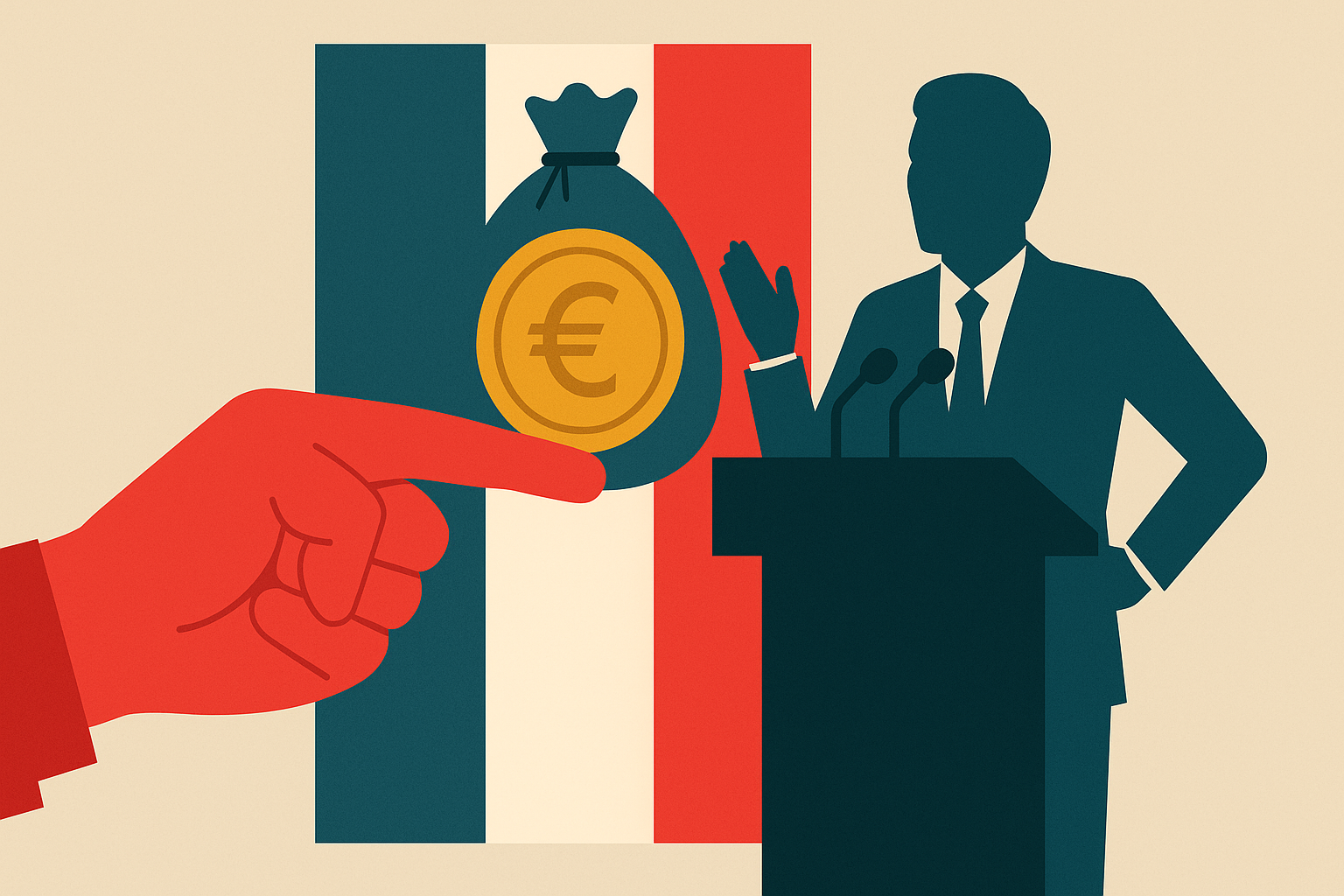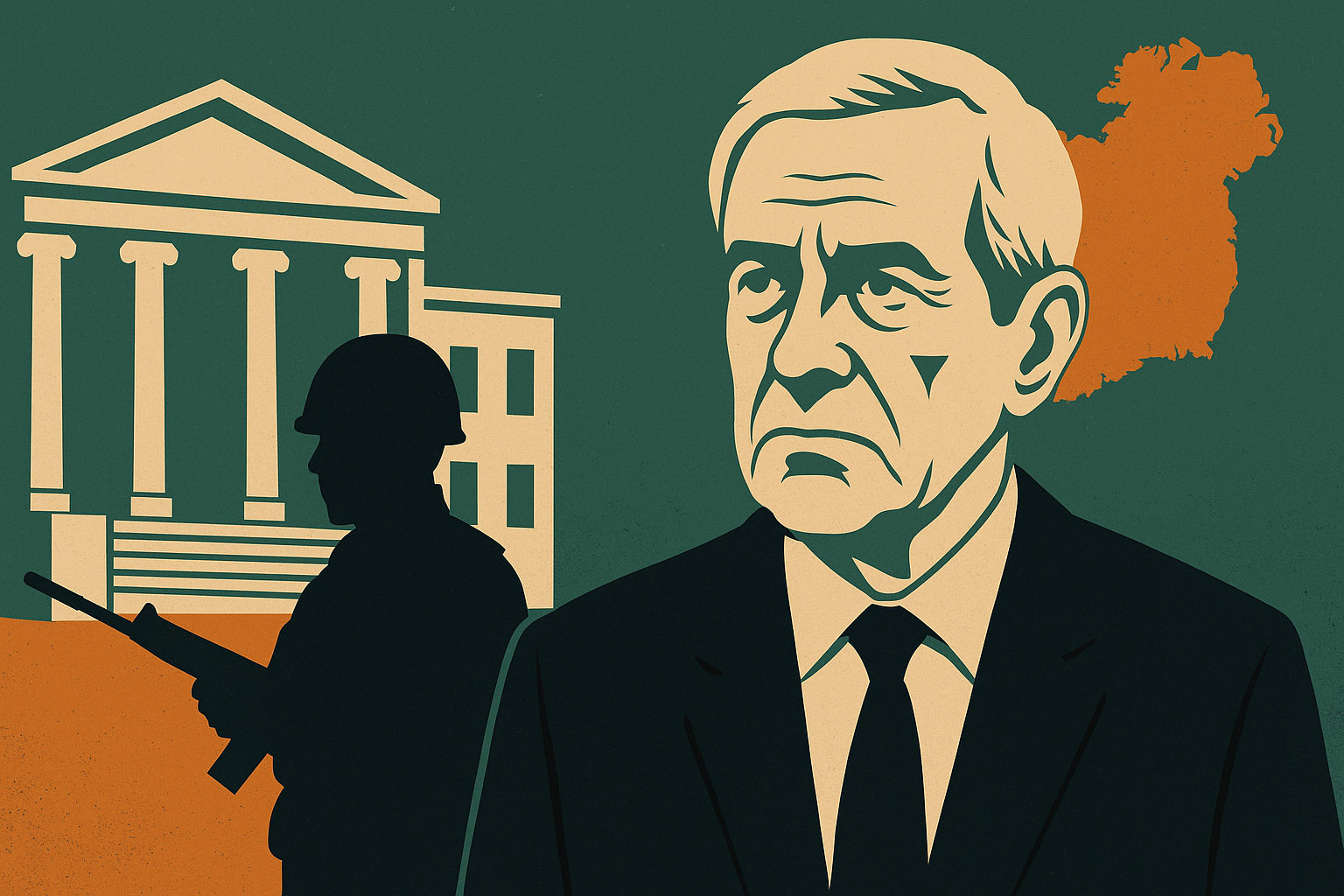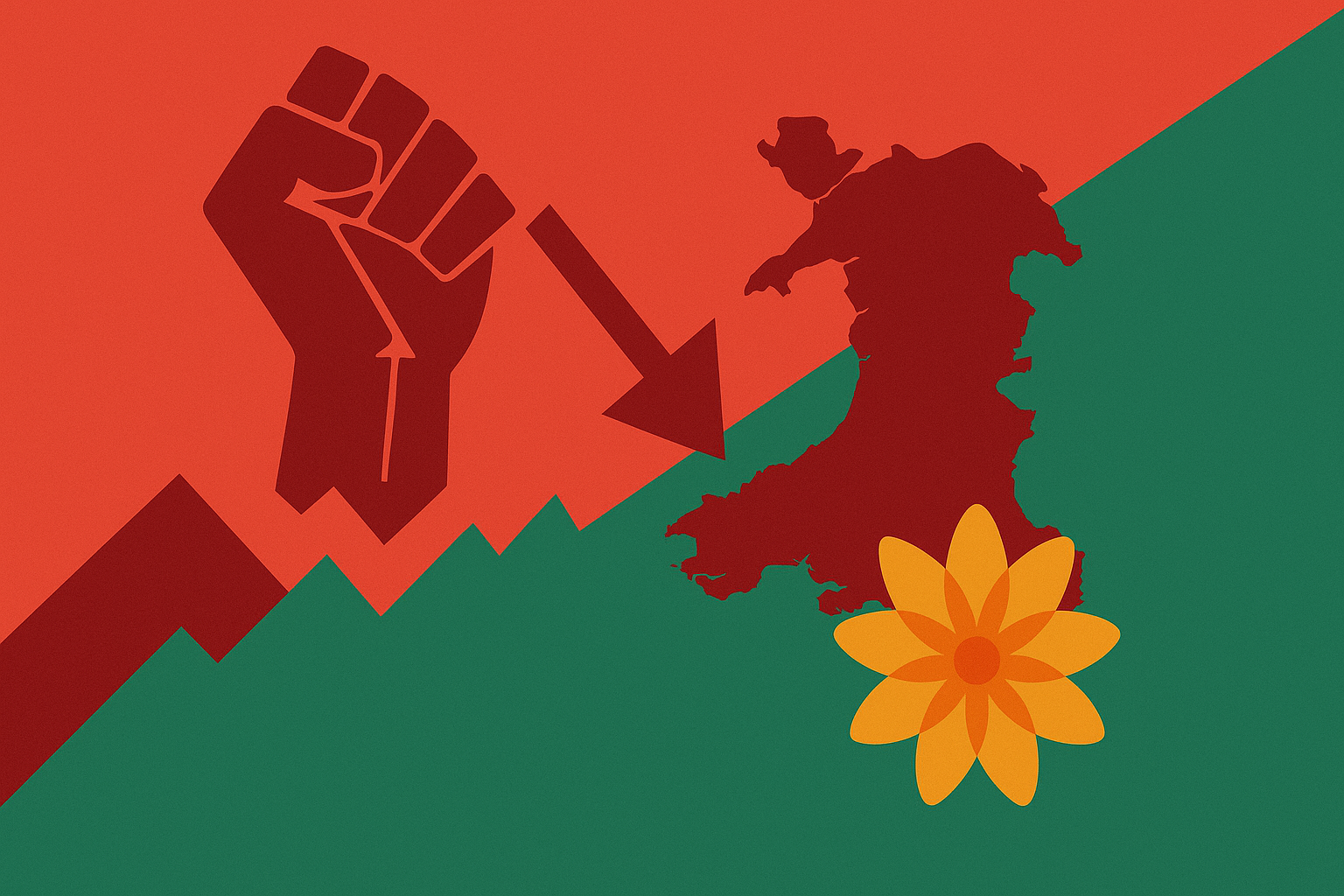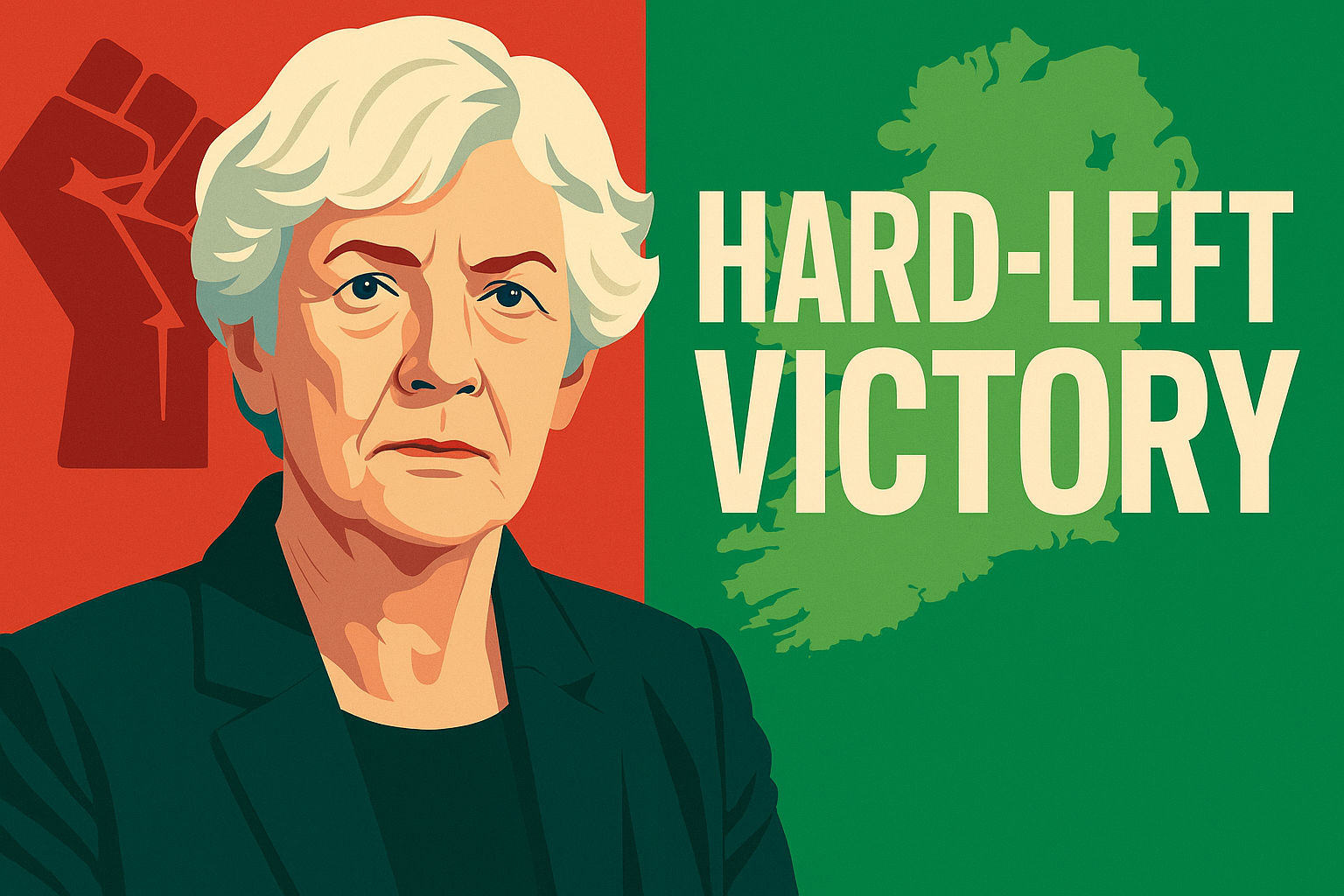The euro experienced its steepest single-day drop against the U.S. dollar since May, following the announcement of a long-anticipated trade agreement between the European Union and the United States. The deal, which introduces 15% U.S. tariffs on most EU imports, has raised alarm across European capitals over its potential to damage the continent’s economic stability.
On Monday, the euro fell over 1% against the dollar and declined by 0.8% against the British pound, as investors reacted to the announcement. European stock markets also gave up earlier gains, with Germany’s DAX index closing down 1.1%, France’s CAC 40 down 0.4%, and auto sector stocks dropping by 1.8% across the Stoxx Europe 600.
Leaders Express Concern Despite Deal’s Scope
The trade agreement, which covers nearly 44% of global GDP, was hailed by European Commission President Ursula von der Leyen as “the biggest trade deal ever.” However, reactions from key EU leaders were far more critical.
- German Chancellor Friedrich Merz warned that the agreement would cause “considerable damage” to Germany and Europe. “It will raise inflation and strain transatlantic trade. It’s not ideal, but it was the best result under the circumstances,” he said.
- French Prime Minister François Bayrou described the deal as a “dark day,” accusing the EU of capitulating to U.S. pressure.
- Spanish Prime Minister Pedro Sánchez said he supported the agreement “but without any enthusiasm.”
While the deal avoids a full-blown trade war, the new 15% tariff still represents a threefold increase over previous U.S. duties on EU goods and is significantly lower than the 30% threatened by President Trump for implementation on August 1.
Industry and Markets React
European business groups expressed mixed feelings about the agreement:
- The European Steel Association called the new tariffs a “huge burden” on the sector.
- The U.S. Chamber of Commerce in the EU welcomed the resolution of tensions but warned that the 15% rate remains “a significant increase in the cost of trading” and called for more sectors to be included in zero-tariff arrangements.
Despite the euro’s Monday decline, the currency is still up 12% against the dollar in 2025, largely due to Germany’s defence spending surge and optimism over potential Eurozone stimulus in response to Trump’s “America First” policies.
Broader Geopolitical Context
The announcement coincided with President Donald Trump’s meeting with UK Prime Minister Sir Keir Starmer at Trump’s Turnberry golf course in Scotland, where they discussed the UK-U.S. trade relationship and ongoing conflicts in Ukraine and Gaza.
Speaking in Scotland, Trump stated that the 15% EU tariff rate would soon be followed by new tariffs of up to 20% for countries without bilateral trade deals. He also hinted at upcoming duties on pharmaceuticals.
Rising Political Tensions
The trade deal has become a political flashpoint within the EU. Far-right parties in both France and Germany seized on the agreement to criticize EU leadership.
Alice Weidel, co-leader of Germany’s Alternative for Germany (AfD) party, described the deal as “not an agreement, but a slap in the face to European consumers and producers!”
Conclusion: A Deal with High Stakes
While the U.S.–EU trade deal may have defused immediate transatlantic tensions, its broader implications for the European economy are already being felt. With the euro dropping, stocks slipping, and political divisions widening, the EU faces mounting pressure to mitigate the deal’s long-term effects—and to reassert its strategic and economic autonomy in a shifting global landscape.








